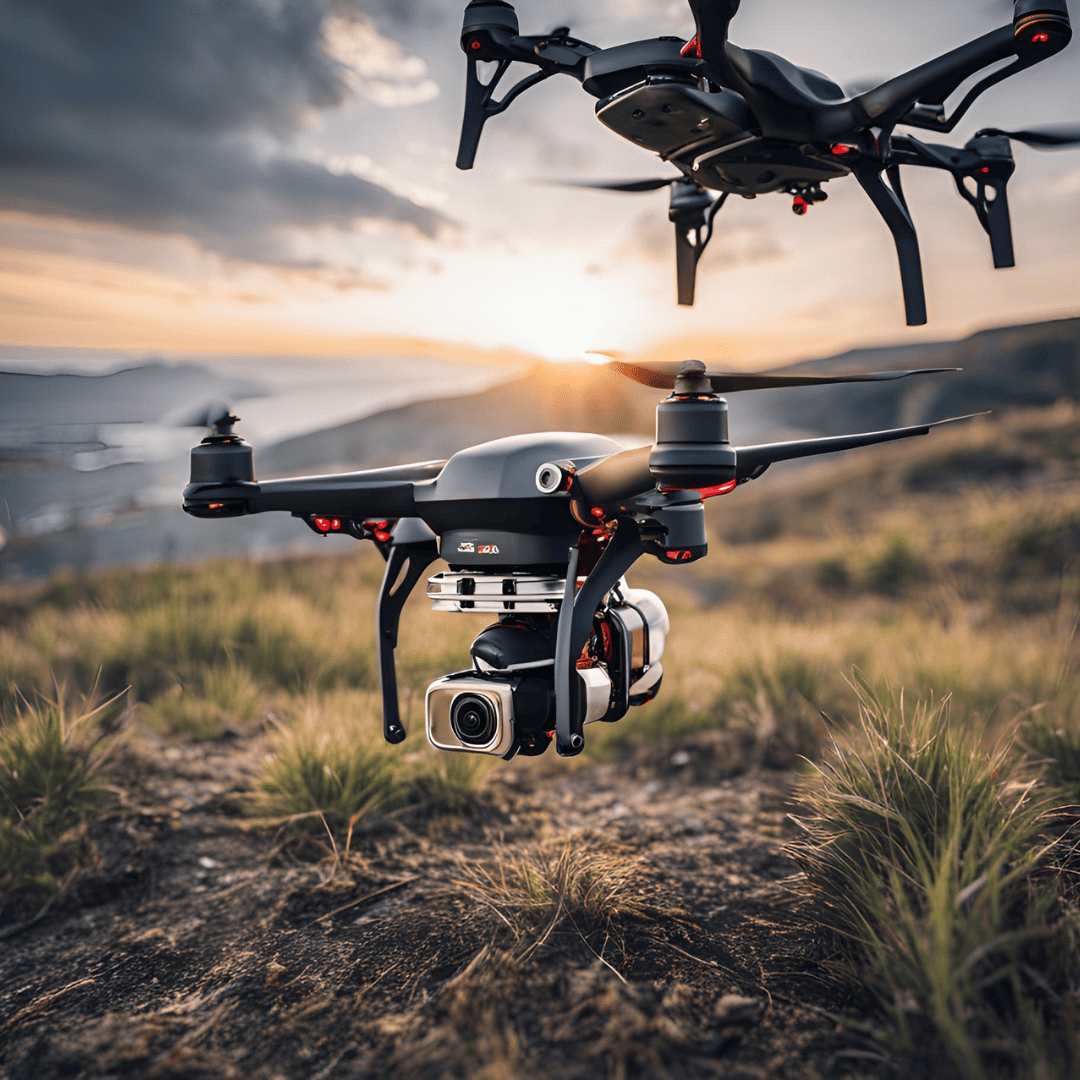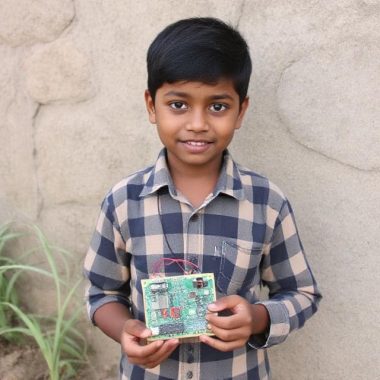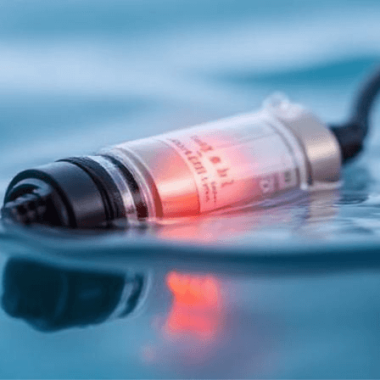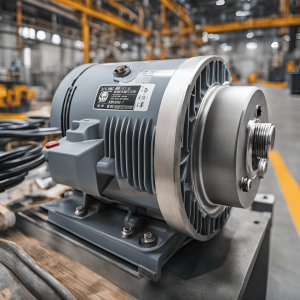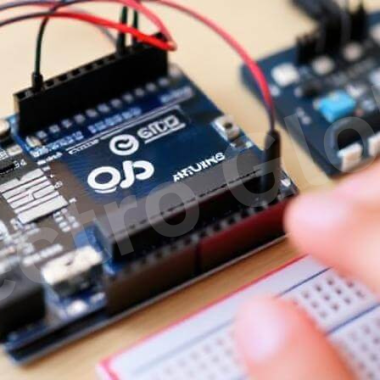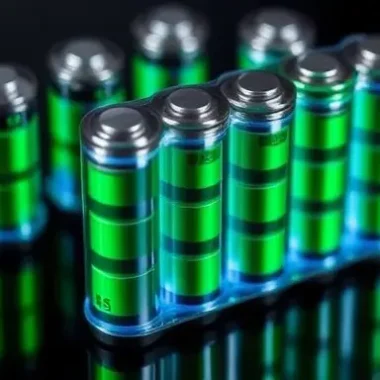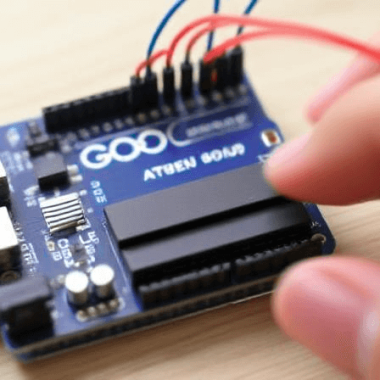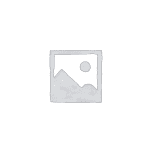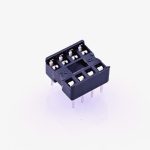Table of Contents
Introduction:
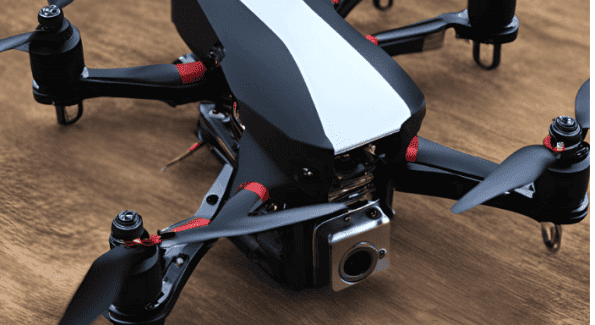
Hence, choosing the best drone motor for building or improving a drone becomes very important in a view of achieving changed or enhanced performance, efficiency, and stability of the drone’s flight. Here in this article, the best mini drone motors and brushless motors for drones are outlined to ensure that the buyer makes the right decision owing to the available varieties on the market. By the end of this guide you will discover 7 hidden tricks about how to choose the right drone motor, what to know about drone sets, how to decipher drone prices and much more.
1. Understand the Different Types of Drone Motors
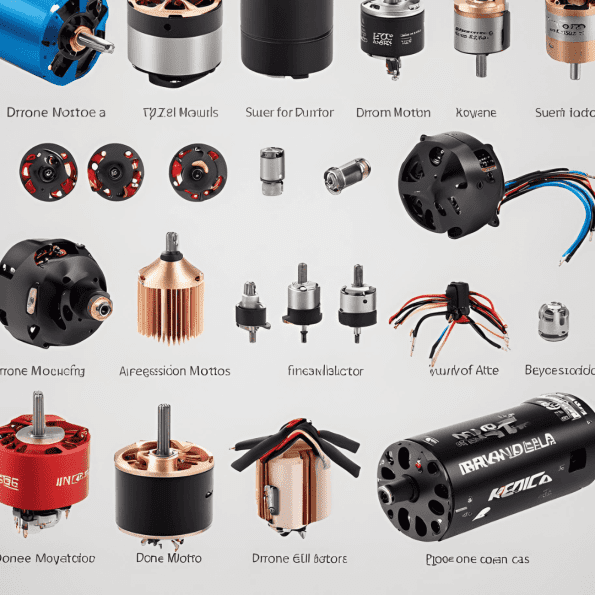
First of all, let’s take a closer look at classes of available drone motors: Broadly speaking, drone motors fall into two categories: percussion type motors and non-percussion type motors. Here’s a quick breakdown:
Brushed Motors: These are usually present in less expensive drones and are least complex to work. But they are less efficient and provides limited service life.
Brushless Motors: These are much more effective,-stronger, and long-lasting, and are therefore used in more advanced UAVs and Those which have to be more accurate. Mini drone motor typically prefer the use brushless motors because this kind of motors tend to deliver higher power levels while requiring less maintenance.
2. The Importance of Choosing the Right Drone Motor Kit
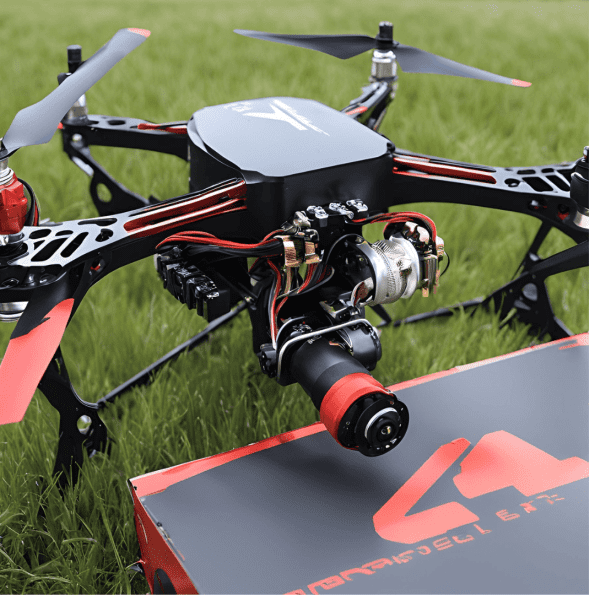
If you are assembling a drone or looking for an upgrade, you will find that getting a drone motor kit can really help. A good drone kit typically includes everything you need: motors ESC’s propellers and sometimes frames almost resembling rc cars depending on it’s classification. This is especially helpful for users who won’t be bothered by the compatibility issues because they have a single package that works for them.
When selecting a drone motor kit, consider factors such as:
Motor type: Which motors do you need: brushed or brushless?
Power rating: In the kit, ensure that the motors given will be powerful enough to lift the weight of your drone.
Compatibility: Make sure it fits perfectly in your drone frame as well as in your controller.
3. How Drone Motor Price Affects Your Budget

As one of the selection criteria for a drone motor, one of the most critical specifications that sellers and buyers consider is the drone motor price. Although there could be a desire to select the least expensive instantiations in many cases, optimization should take into consideration cost alongside performance. Commonly, brushed motors are cheaper but provide lesser efficiency than the brushed less motors which are costly but give excellent outcomes.
Another category of drone motors derived from its size is the mini drone motors that are cheaper yet efficient motor for light weight drones and beginners. However, for those, who are interested in maintaining the stability of the drone’s work during quite a long time and want to get the additional options, it is better to pay extra money and get the brushless motor.
4. Motor Size and Weight: Balance Is Key

The type of drone motor also depends on size and weight of the equipment that is to be used in your drone. For more thrust, a heavier motor is developed, but it also calls for a larger battery for the overall flight time. On the other hand, a motor of lower size can have less weight but lower capability of delivering power.
When choosing a motor, it should be one that fits the design of the drone and it’s intended purpose. Amid the mini drones, there are lightweight mini drones and the motors that suit mini drones should also be light; for larger drones, you would need brushless motors for drones.
5. Thrust to Weight Ratio: A Critical Factor

Among them it is necessary to mention thrust to weight ratio, which measures the amount of thrust a motor provides in relation to the weight of the drone. Through increasing thrust to weight ratio the drones will have got more power to pull the force of gravity comparable to that found on majors giving it superior maneuverability and stability of flight.
For maximum performance the motors need to generate over twice the total weight of the drone. This is especially crucial if you are flying during storms or you have extra loads such as cameras, or any sensing device.
6. Consider the ESC Compatibility

The ESC (Electronic Speed Controller) acts as a conductor through facilitating control of speed of the different motors. It’s also important that when you’re buying your drone motor kit that you take time to make sure that the motors you’ve chosen are compatible with the ESCs, if they’re brushed or brushless. If the wrong ESC is used, it is very likely that they will result in compromised performance at worst they will damage the components.
If one is using brushless motors in drones, special ESCs used for the brushless motors are used, while for brushed motors, the ESC used is usually different. While building a custom drone, always take time to compare an ESC to your motor to ensure that they are compatible.
7. Motor Durability and Lifespan

Probably one of the greatest factors to consider when choosing the drone motor is its durability and its life span particularly for those who intend to use the drone frequently. Brushless motor for drone are another beneficial type because they have no brushes that, unlike in motors with brushes, wear out after a while.
As you will clearly understand, if you are just a hobbyist or a commercial operator, spending your money on good brushless motors or a complete set drone motor that will include long lasting and efficient parts will pay you back in multitudes.
Final Thoughts on Choosing the Best Drone Motor
Choosing the appropriate drone motor is one of the most crucial decisions to be made if you are building a drone from scratch, or upgrading an existing one. Inexperienced and professional drone users always need to know about motor types, thrust to weight and the durability of the motors before making the purchase.
When you’re creating your DIY drone, then, it is better to buy a drone motor kit in order not to spend much time attaching all the components. For those willing to have little bit more performance, there is a brushless motor that is used to power drones and it offers more efficiency and power. The cost of a drone motor should be adjusted depending on the respective budget and needs of a drone owner; still, compatibility with the frame and flight controller is vital.

Frequently Asked Questions: DIY Flying Drone Projects
How to make a flying drone with DC motor?
To build a basic flying drone using DC motors, you’ll need four small brushed DC motors, propellers, a frame (even popsicle sticks work), an ESC or motor driver, and a flight controller like the KK2.1.5. Just remember: DC motors aren’t as efficient or responsive as brushless ones, so it’s more of a fun DIY than a performance machine.
How to make a flying drone with one DC motor?
Honestly? It’s tricky. A flying drone with just one DC motor won’t be stable unless you go with a coaxial or vertical lift design—basically like a mini helicopter with fins or a ducted fan. You’ll need to add control surfaces or redirect airflow for balance, which can get pretty technical. It’s possible, but not beginner-friendly.
How to make a flying drone with two motors?
With two motors, you can try making a V-tail style drone or a basic VTOL craft. It won’t fly like a quadcopter, but by mounting motors at an angle and carefully managing thrust, you can get lift and some basic control. You’ll also need a flight controller that can manage yaw and pitch with just two inputs.
How to make a paper drone without motor?
This one’s fun and super simple! A paper drone without a motor is basically a glider. You can fold it like a paper airplane, but add a light fuselage and some stabilizer fins. Try experimenting with weight distribution (like a paperclip in the nose) to improve glide performance. It’s not “flying” like a powered drone, but it still soars!
How to make a single motor drone?
A single motor drone typically uses a mechanism like tilting thrusters or aerodynamic control surfaces. Think of it more like a DIY hovercraft or micro helicopter. You’ll need to get creative with balancing and steering—possibly with an Arduino and servo-controlled fins. Not the easiest path, but totally possible with some clever engineering.
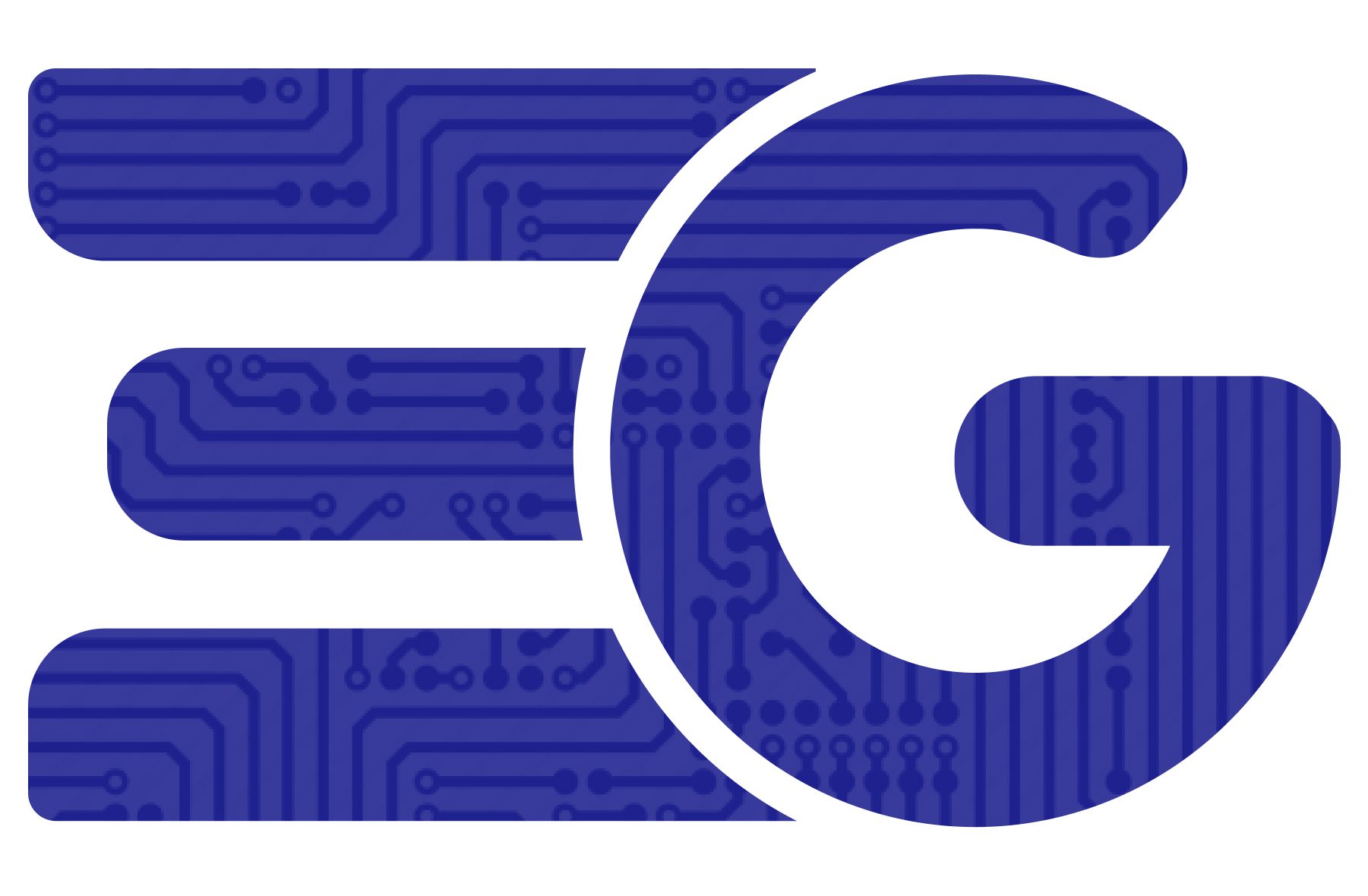
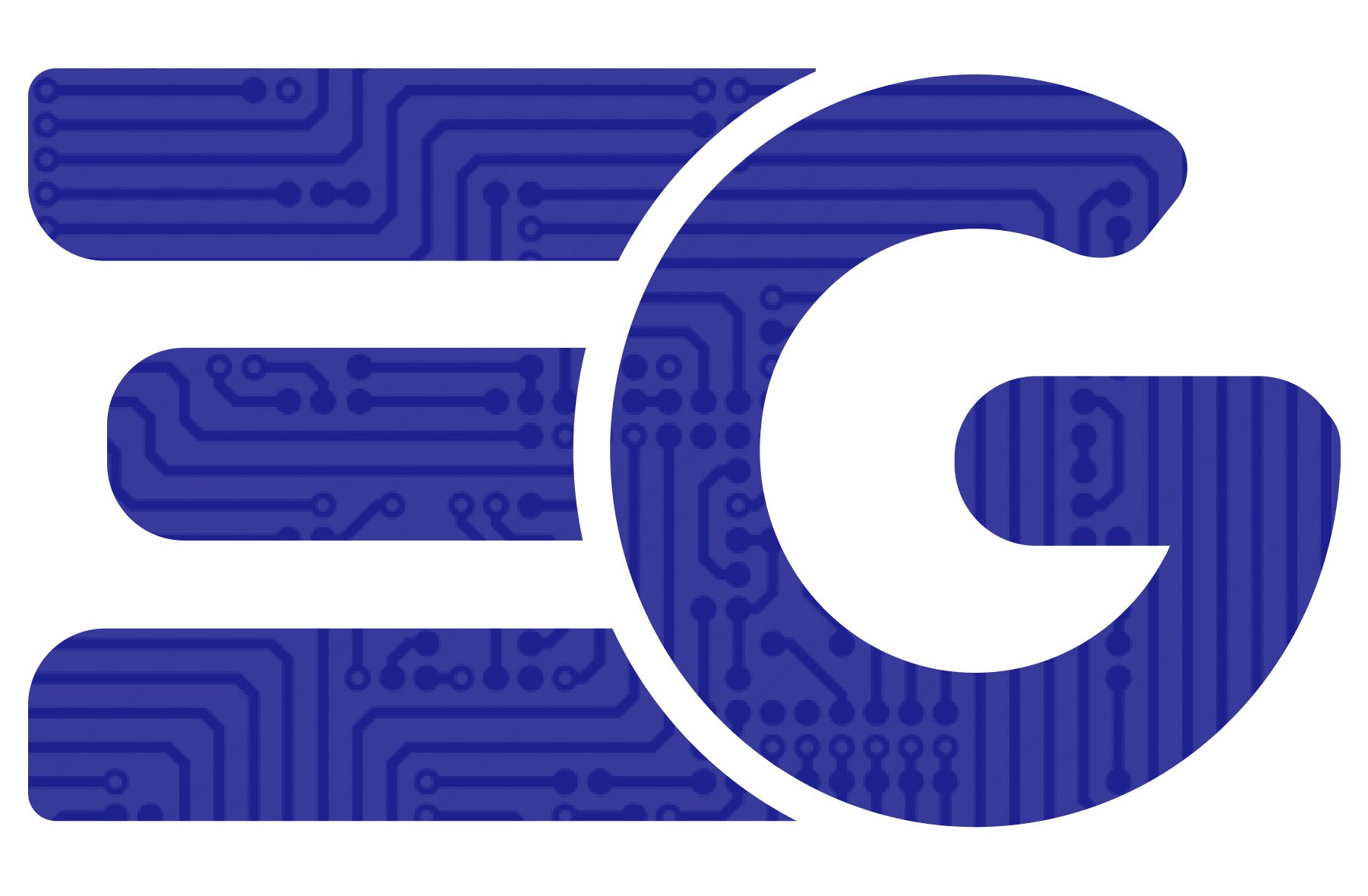
 EGPT
EGPT